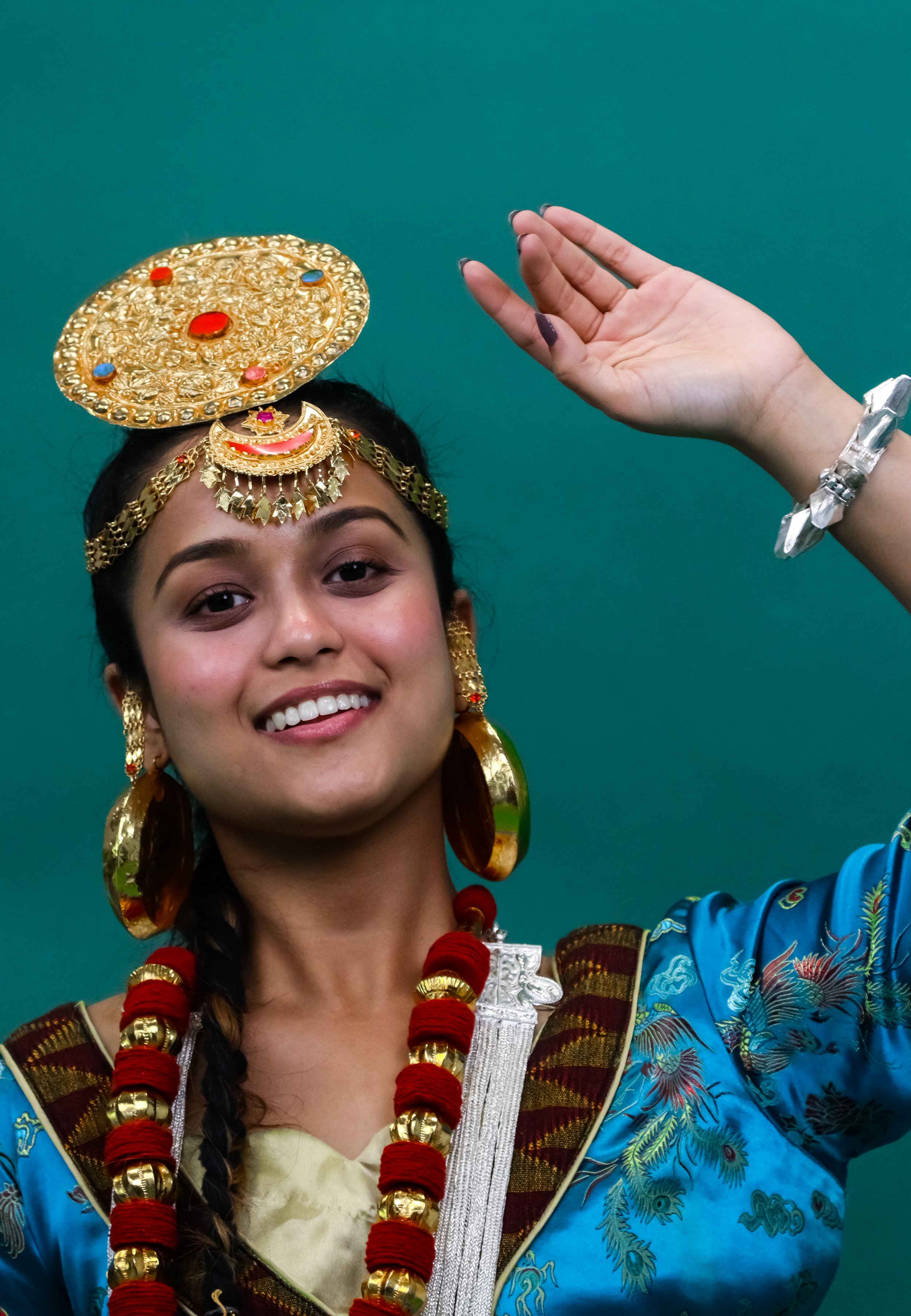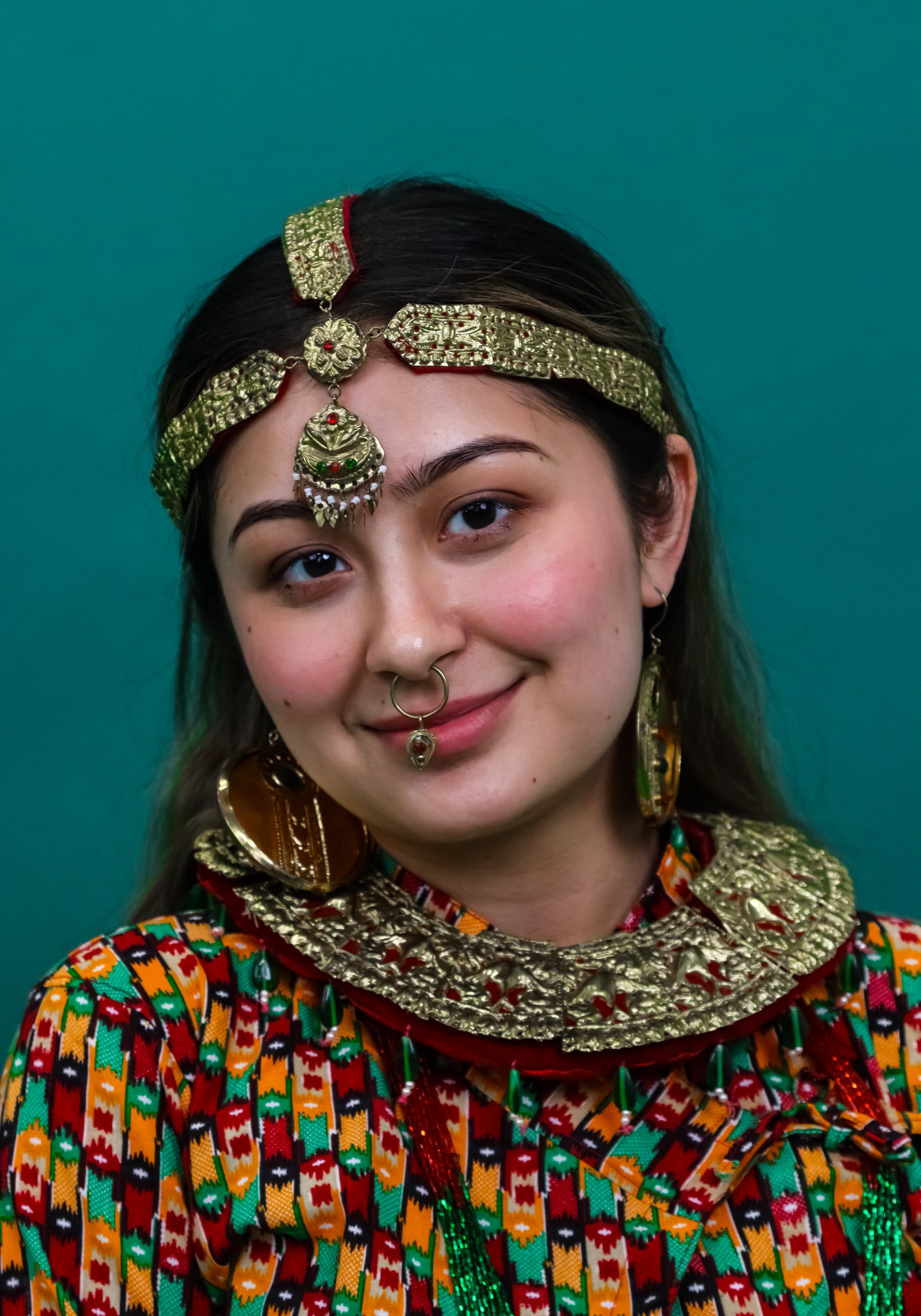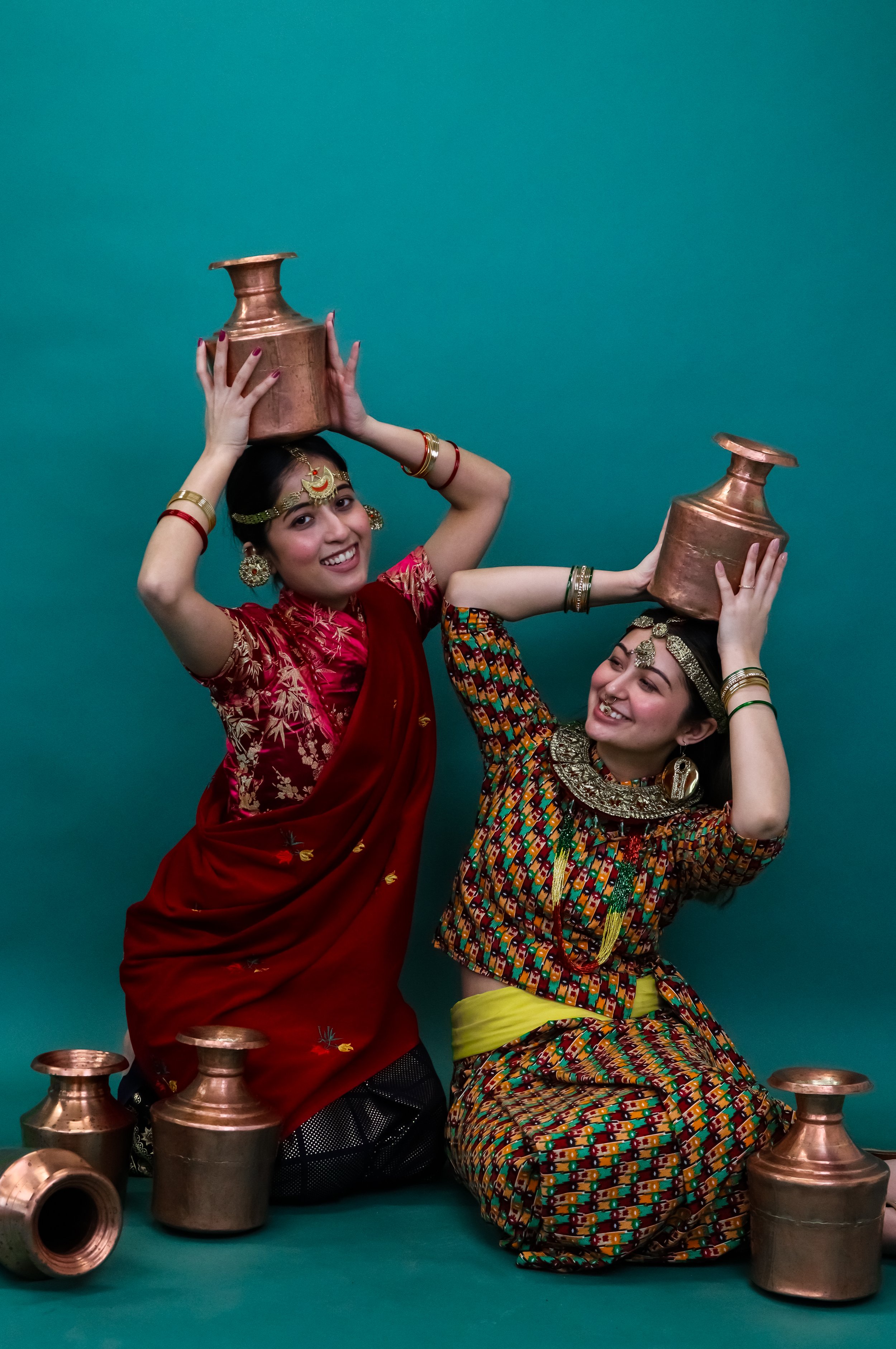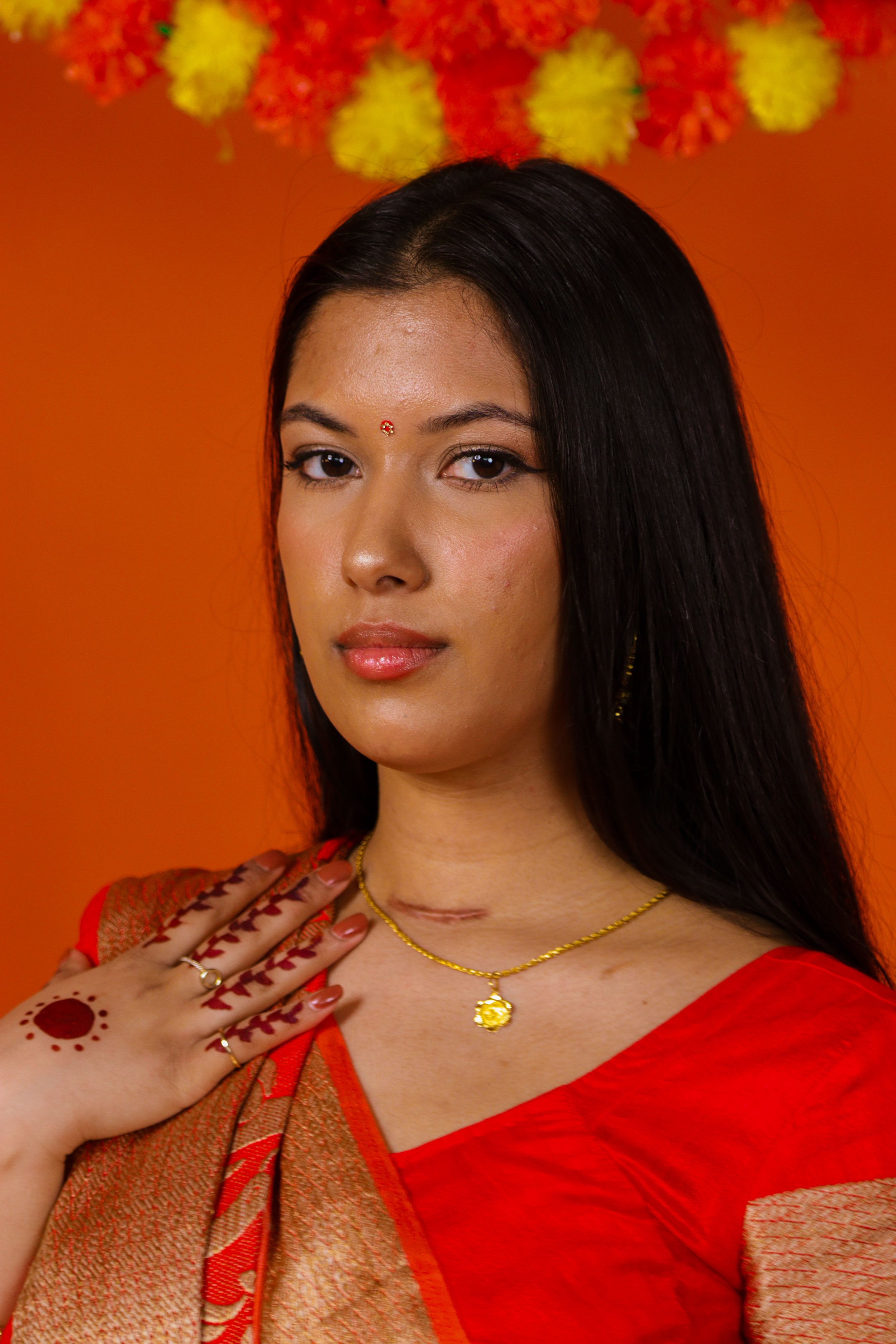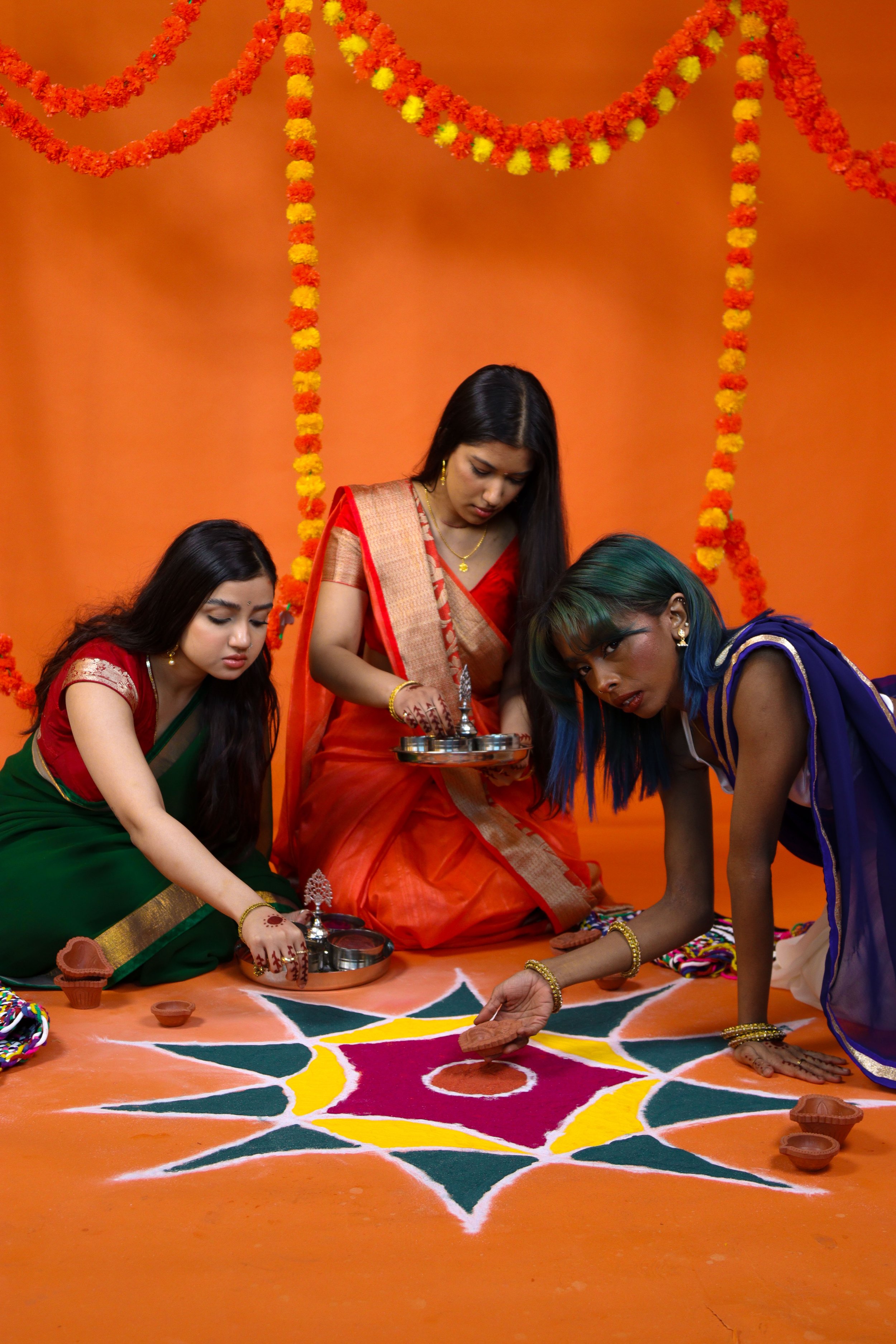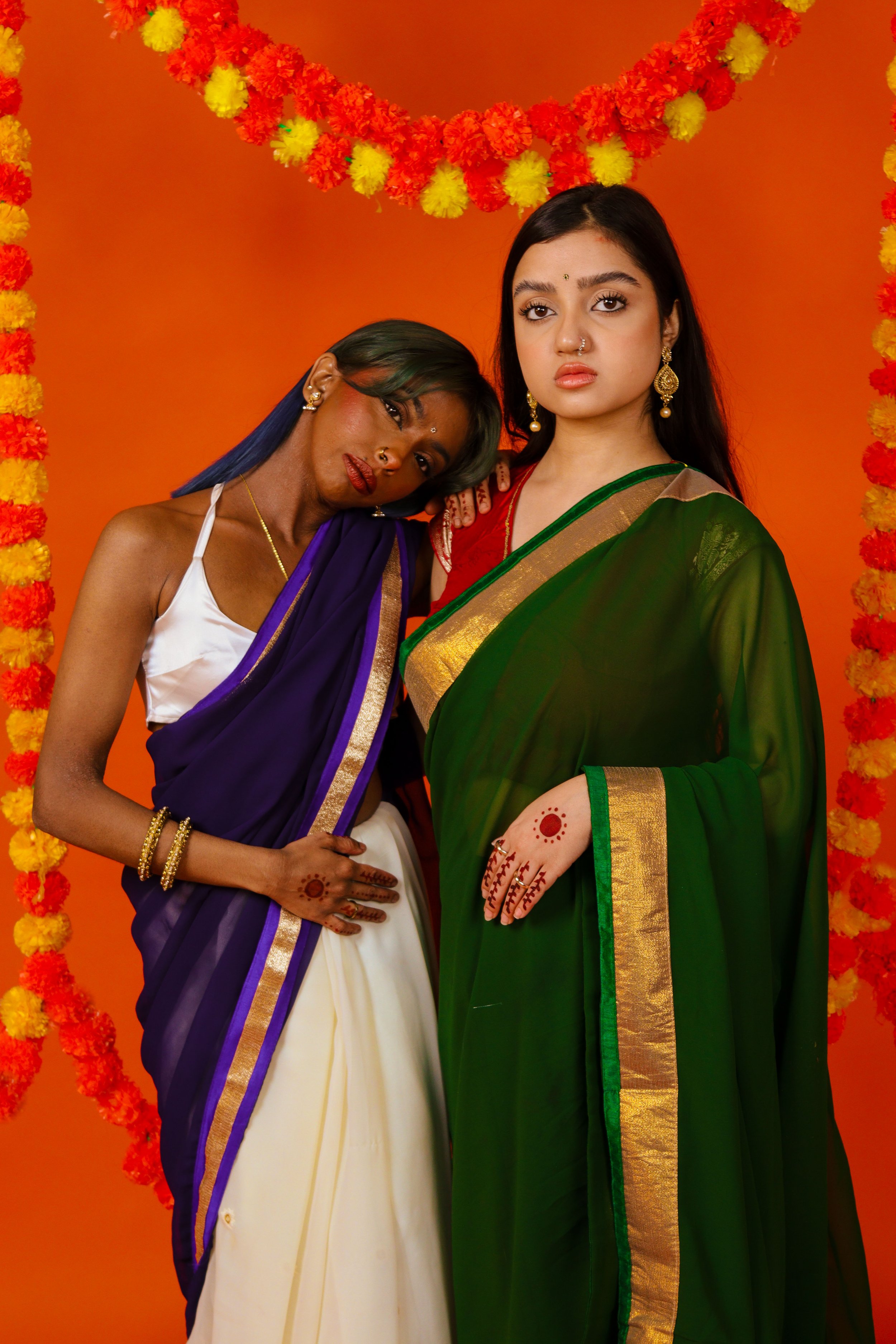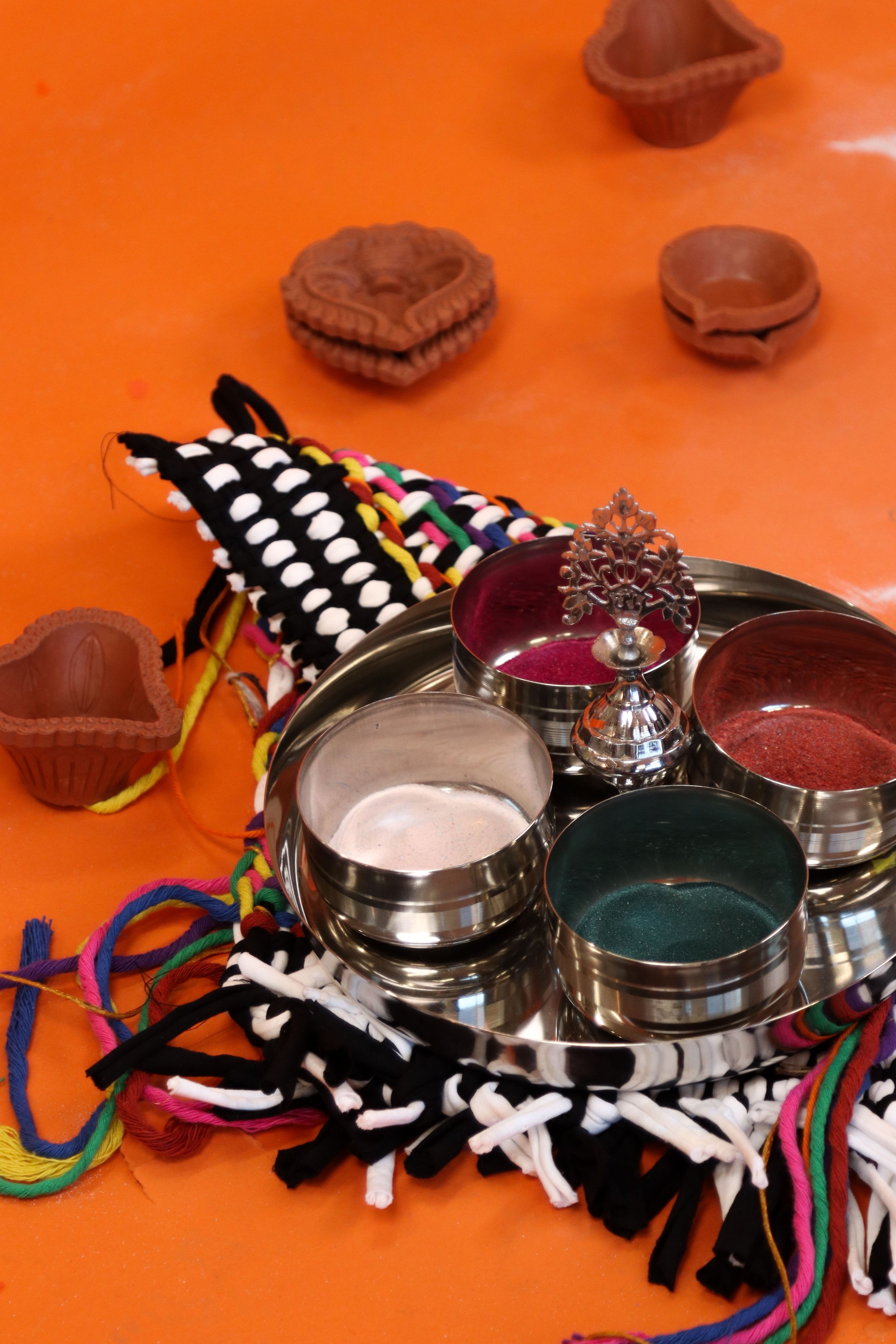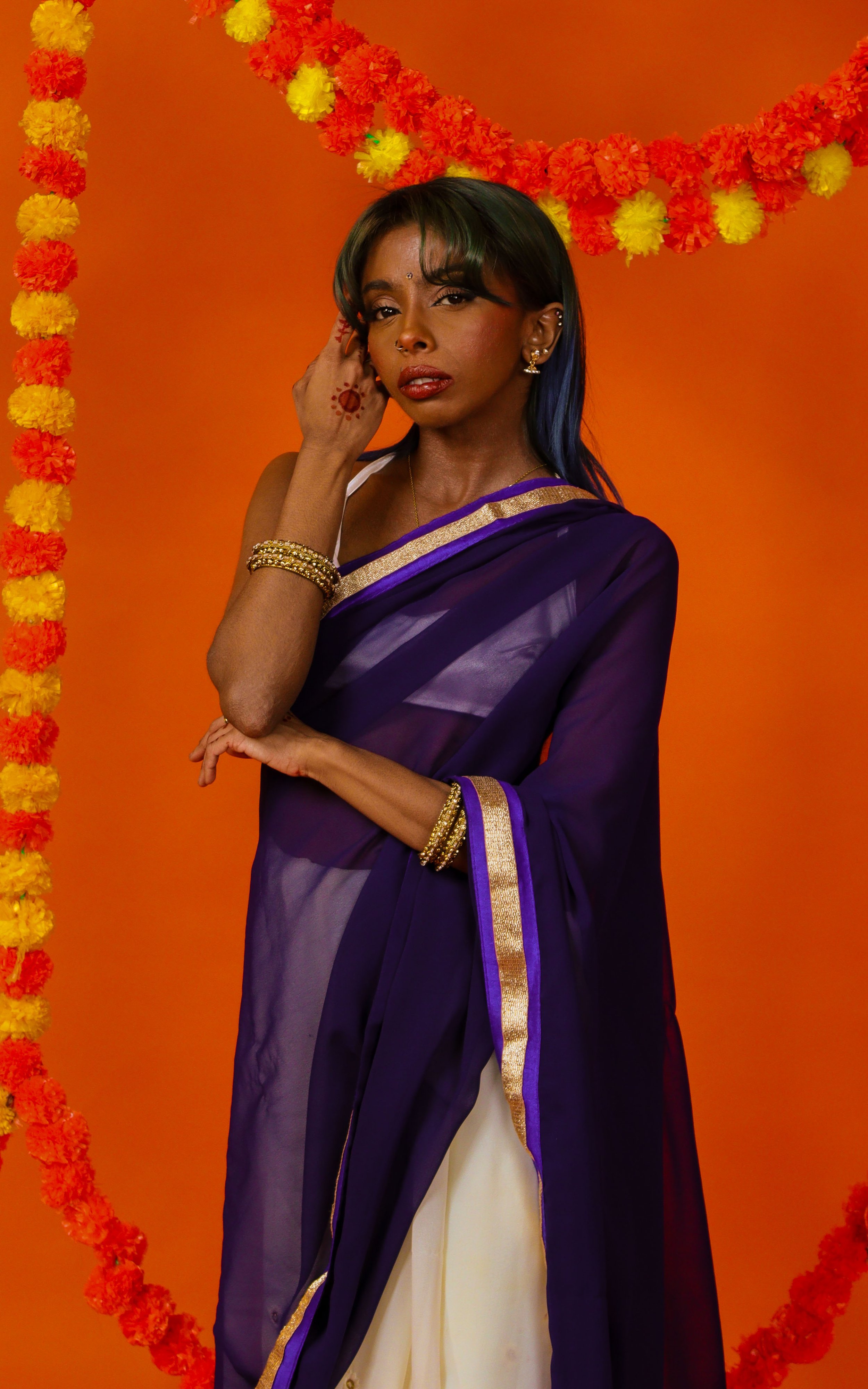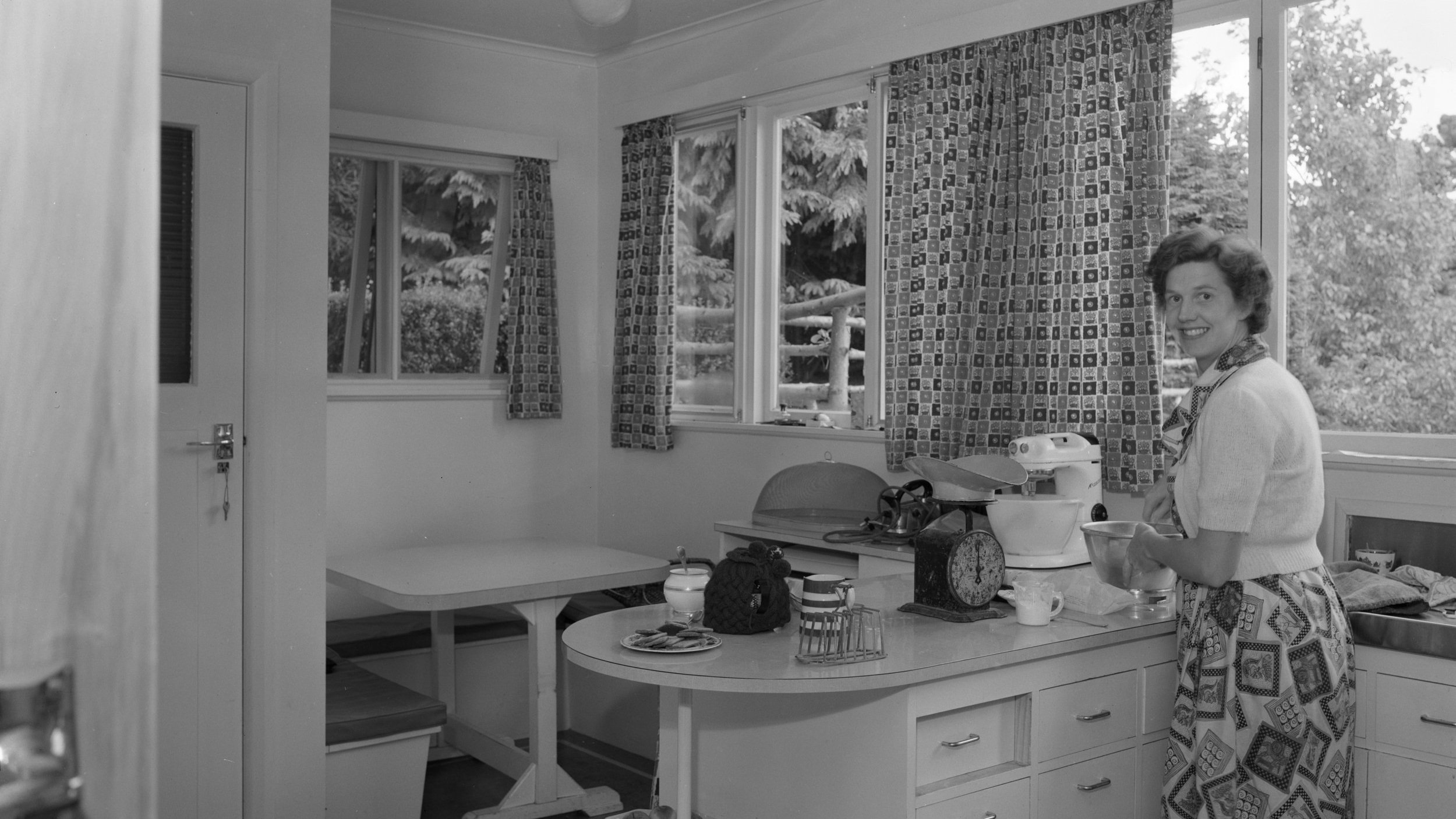Not Just Brown, Not Just Indian: South Asian Women of the Diaspora Own Their Glory
Photography: Mathushaa Sagthidas (@mathuxphotos)
As a British Eelam Tamil woman, Mathushaa Sagthidas noticed that it was common for people to assume her and her South Asian peers were Indian, despite their diverse cultural backgrounds. Embarking on her photographic project, Mathushaa sought to challenge the implication that any South Asian person can be taken as Indian by working with South Asian women from a range of countries to emphasise their divergent cultures and traditions.
What we have in these images is the colourful presentation of the different celebrations, traditions and cultural customs experienced by women in many South Asian countries. The six countries represented include Bangladesh, Nepal, Afghanistan, Sri Lanka, Pakistan and, of course, India. In casting young diaspora women from these countries, the images explore bonds and experiences that matter to them. Mathusa also emphasised that the project was essentially collaborative, with members of the cast helping to formulate the ideas for the pictures and being assigned creative roles in producing them.
BANGLADESH
The shoot of Bangladesh focused on showcasing the beauty and celebration of their New Year - Pôhela Boishakh, celebration. It is celebrated by all Bengalis regardless of religious faith and is a time for visiting family and friends, new year salutation and wearing Red-White Attire is essential.
“Having grown up with little to no positive representation of Bangladeshi people in mainstream media along with assumptions that I was Indian, I found myself in a really confusing space. People would get visibly upset when they found out I was Bangladeshi — it was strange. I’ve always wanted this to change, to be able to showcase how much love and care the Bangladeshi people have to offer, how diverse Bangladeshi people can be, and how my vibrant culture is beautiful and filled with so much history.”
Waheeda Rahman-Mair, Sylheti Bangladeshi art director, model and set designer
AFGHANISTAN
The women in the shoot for Afghanistan were cousins making familial love a strong focus of their story. Recreating memories from their childhood together, such as having tea, chatting and dancing, became a strong inspiration for their shoot.
“The photos represent the close relationships we have in our culture and how important family is. The colours, food and dresses make this more special. Taking part in this photoshoot with my own cousins created another unique feeling, and allows us to also look back on these photos when we are older.”
Susan Sherifi, Afghan Marketing student
NEPAL
Fashion is essential in Nepal's shoot, where the garments worn reflect their families' caste. The styles of dress worn include the Sherpa Bokhu, often worn in Eastern Nepal; the Gunyo Cholo, considered an article of national clothing for Nepalese women; a Limbu dress and the Gurung dress.
TAMIL EELAM/SRI LANKA
The shoot with the Tamil Eelam women of Sri Lanka were inspired by their memories of their grandmothers, choosing to wear warm-toned saris and minimal gold jewellery reflecting the styles worn by them.
“South Asians often get grouped into one big category, and although we share similarities, this project highlights the beautiful variety across and even within the different cultures and heritage.”
Peonica Fernando, Sri Lankan Sinhalese illustrator
PAKISTAN
Beauty traditions are the focus of the shoot for Pakistan, with models oiling each other's hair and applying make-up. Across the region, hair oiling is widely used for deep conditioning the roots and tips of the hair, leaving it thick and shiny. The wearing of surma (kohl eyeliner) is considered a natural beauty hack that can soothe tired eyes and keep eye infections away, whilst improving a person's look.
INDIA
The celebration of Holi is the central theme of the shoot for India, and models create a Rangoli pattern using white and coloured rice powder. This is an everyday practice in Hindu households; however, specific colours are preferred during festivals and other important celebrations, such as Diwali. The rangoli represents a household's happiness, positivity and liveliness and is intended to welcome Lakshmi, the goddess of wealth and good luck.
CREDITS
All Photography by Mathushaa Sagthidas @mathuxphotos
India 🇮🇳
Art Direction @radhika.photos
Styling @aaishah.p
Make Up @yasitskrishy
Models @shaw.22 @aaliya.choudhury @yasitskrishy
Weave pieces by @by.sapna
Rangoli (Kolam) by team
Afghanistan 🇦🇫
Art Direction & Styling @ha_ida
Make Up @saida_hoss
Models @fariaaa_r @susansherifi @farhat_draws @adria.pawz
Nepal 🇳🇵
Art Direction @suprinax
Styling & Make Up @namii.ie
Models @suprinax @namii.ie @reeyadarnalbk @ronisha_nal@rojinadarnal
Sri Lanka/ Tamil Eelam 🇱🇰
Art Direction by @bypeoni @sahxni
Styling/ Draping for Sinhala Models by @sahxni
Styling/ Draping for Tamil Modelsby @keertspleats
Make Up by @rebeccaraveendran
Models @rebeccaraveendran @nirodha.perera @lourdesnavo @workbypree
Bangladesh 🇧🇩
Art Direction @waheeda_art @asaaaa._.zz@waheedarahmanmair
Styling @asaaaa._.zz
Make Up @voidinayah @in.eye.yar
Models @waheeda_art @waheedarahmanmair @asaaaa._.zz@mariakayum_ @tartine___
Pakistan 🇵🇰
Art Direction & Styling @armani_sy @mariumjeelani
Make Up @mariumjeelani
Models @mariumjeelani @_bismahsaleem @henab30
Henna on @_bismahsaleem by @makeupandhennabyabidaa
This project was supported by Getty Images x Creative Access x iStock fund.




